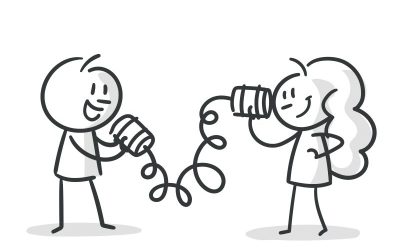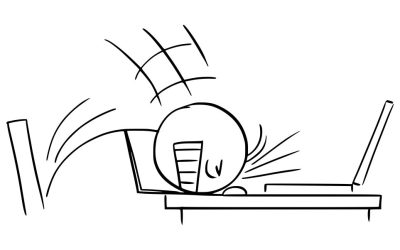The assumption that any bureaucracy, particularly government bureaucracies, are wasteful and inefficient, is not new. It’s been around for at least my lifetime and probably a lot longer than that. And it’s reinforced anecdotally almost daily. Based on the there’s-no-smoke-without-a-fire cliché, it’s not hard to understand why the assumption is generally regarded as credible. “Something needs to be done about it!” is a constant refrain.
But there are effective ways and ineffective ways of doing something about it. The mass firing of employees such as we’re seeing in the USA courtesy of Messrs. Trump and Musk, is the worst of the ineffective ways. You’d only go about it as they are if your motive is the short-term political advantage to be gained from waving a chainsaw and boasting about the numbers of employees terminated. That’s not productivity improvement. That’s short-sighted, callous, and cruel theatre. It will not bring you long-term efficiency, control, and effectiveness.
I know something about bureaucratic waste and inefficiency because I spent five years of my career demonstrating how pervasive it is. And it was not in the frequently-criticized civil service but in a supposedly aggressively-profit-oriented multi-national corporation in the Canadian oil industry. I developed and directed a “Control and Efficiency” program (a.k.a. “white collar productivity” or “streamlining”). We found waste and inefficiency in every administrative system we examined, in some cases to the extent of thousands of manhours per annum. That is effective bureaucracy streamlining.
The way it worked was that a process or system would be identified for examination, and then, in brief outline, the step by step process was: (1) establish the purpose and necessity for the process or system; (2) flowchart every step in sequence from beginning to end; (3) record ideas for streamlining as the process proceeded; (3) question the need for every step, every document, and every copy of every document; (4) determine the time spent on every step; (5) identify all unnecessary steps, documents etc; (6) determine which unnecessary steps and documents to eliminate while still maintaining adequate internal controls.
The process was carried out by project groups that included employees working in the system being examined. The inclusion of employees directly involved in the system was for two main reasons. The first being that nobody knows the daily ins and outs of a process or system better than the people immersed in it, and the second being that when people work on change they have ownership in it and are therefore more likely to embrace rather than intuitively resist it.
This is a much smarter way of streamlining a bureaucracy than giving access to some macho chainsaw operator with no knowledge of the system or process he’s indiscriminately attacking and hence no idea of the long-term damage he’s causing. Essentially, all that’s achieved is fewer people scrambling to keep up with the inefficient and wasteful process and systems that still exist. Morale is destroyed, people crack under the strain of a toxic workplace, output suffers and, inevitably, those staff numbers are inflated again as people are eventually hired back to help cope with the inefficient systems. And then there you are, back where you began.












































